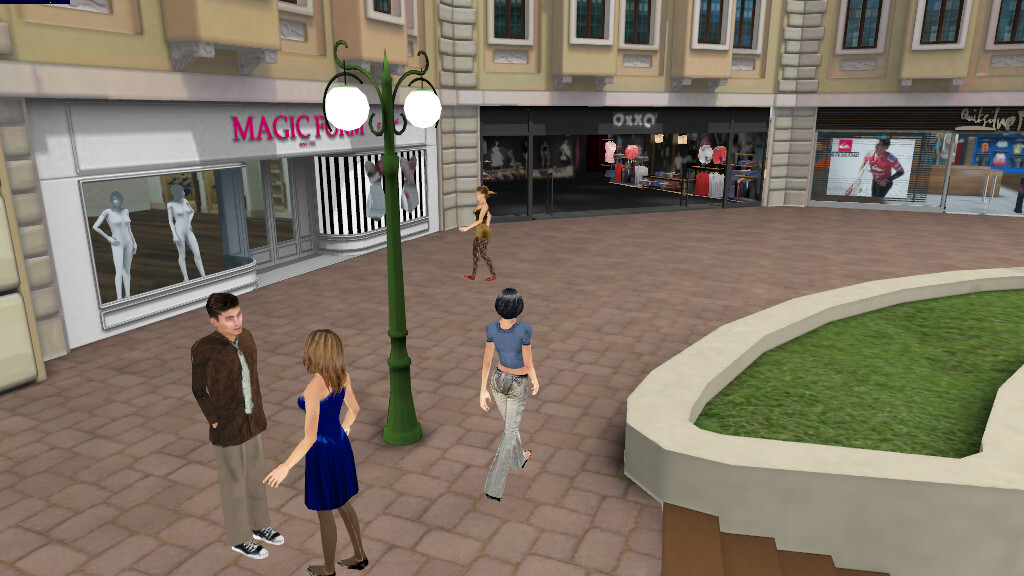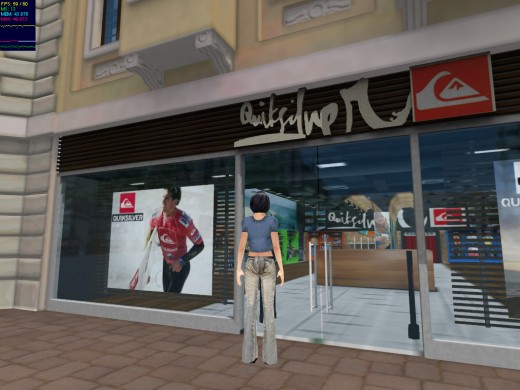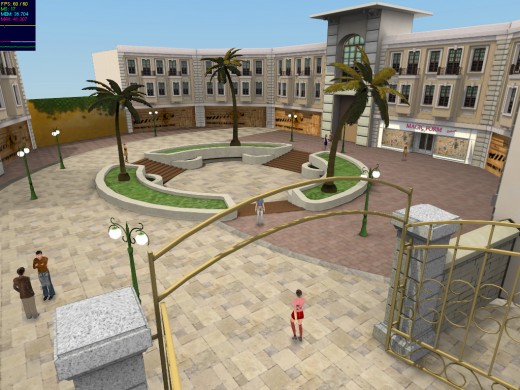
Cemil Turun is, without a doubt, one of the most ambitious entrepreneurs I’ve interviewed so far. He wants to create a currency that works in both the online and offline worlds. Facing my obvious journalistic skepticism, he hurries to add that his company, Yogurt Technologies, is one of the first six Turkish companies to receive VC financing. So, what’s his plan?
The first step was the creation of Yogurtistan.com, “a 3D world that’s very different from Second Life. It’s built on Adobe Air, and it works on all browsers. From it you can access iTunes, read books or watch full-screen TV, just like at home.”
Expertly realized but not unique, this 3D world lets users better mimic offline behaviors. “When we are watching a movie and listening to a certain group’s music, or buying a jeans, we’re creating data about our preferences,” he said. “Today, these preferences are not connected to my social network (read Facebook) in a meaningful way.”
This virtual space makes it easier to understand using a currency that works equally in the virtual and physical worlds. Just as we go from one store to the next in real life, on Yogurtistan “you go from Migros to Quicksilver [two companies popular in Turkey] without changing tabs,” Turun said. This creates “a new web.”

The next step is the creation of a currency that allows users to pay for services or complete transactions online, as well as “paying at the restaurant you eat dinner at,” he said during a meal in Istanbul. The secret is adding “a fourth dimension based on online ‘engagement’,” Turun said. “A virtual sword generated by your actions in the last ten hours has value but does not buy you a glass of wine, does not record your engagement.” This is what his team hopes to change: “We want to bring the value of your virtual engagement to the offline world.”
“We’re working on creating a special currency that will work in both worlds. It’s unique, and very disruptive,” Turun said. He called it ‘Kayme‘ – an Old Turkish word that was used in the nineteenth century when bank notes were first introduced – and it has value both online and off.
In Turkey, Turun relies on a well-developed system of loyalty points. “Today, loyalty-point systems are working offline, and they usually do not work across brands’ campaigns,” he said. “We have agreements with most loyalty-point systems for interchange with our virtual currency.” This allows users to gain points with purchases, their actions and when playing retailers’ games (behavior).
This is where the endeavor is huge. “The big Internet companies don’t think about offline behavior, the most important part of our lives. One day, when you go to a restaurant, you’ll check if you can pay with Facebook Credits. They’re going to have to change if they want to survive long-term. Friendship is great, but spending money is an essential part of our lives. We need a currency that can be used in both dimensions.”
The only thing left is convincing retailers. “Companies are now seeing a big opportunity in our 3D world,” Turun said. His customers already include Coca-Cola and Turkcell, Turkey’s largest mobile company. These companies are also interested in user-behavior data (having it collected is opt-in). “The brands will be reaching users via small apps that we will serve in Yogurtistan. Those users who have opted-in will be paid Kayme by the brands. So the virtual currency, Kayme, will be backed by actual advertising budgets.”

It’s impossible not to be skeptical about something like this. But Turun doesn’t worry when people question his model. Besides being validated by investors, he adds two arguments.
The first is based on the growing interest in what some investors call “online to offline” commerce, recently explained in Forbes by PayPal and Linkedin co-founder Reid Hoffman: “We’re at the early stages of a massive wave of innovation in the payment industry. It’s like when Apple launched the iOS platform for mobile developers. The platform in this case is the payment network. Software developers will add new capabilities to cards by programming the payment network to link online applications to specific payment events.”
The need for, and importance of, passing from one to the other is there. But Turun looks further ahead. When I told him that if Facebook launched something like this, people would call it an audacious move, he offered his second argument through email. For him, “a company like Facebook is in a better position to achieve all of this. But they are also very large to make sharp turns, or pivot. This is the very essence of any startup: You don’t have anything more than your will to make it happen: Your dream is all you have. I think if we succeed this will be because I am foolish enough to think that we can. :)”
Read all of Francis Pisani’s posts here on The Next Web.
Get the TNW newsletter
Get the most important tech news in your inbox each week.




